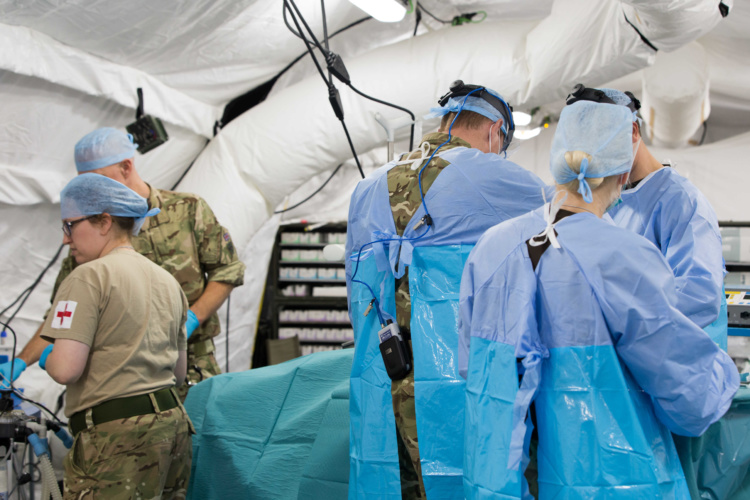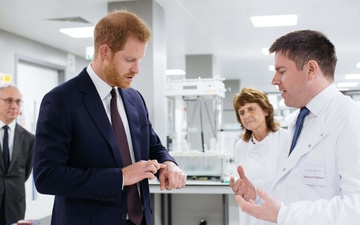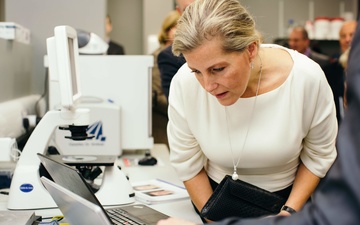The Scar Free Foundation’s work on conflict wounds is pioneering and life changing.
In 2018, The Scar Free Foundation Centre for Conflict Wound Research was opened in Birmingham. This world-class research centre has a one focus – reduce the physical and psychological impact of scarring among servicemen and women and those injured in terrorist attacks.
The support from the Armed Forces community for the Centre has been overwhelming. We have a long-standing partnership with the CASEVAC Club - a members-only club for those seriously wounded in combat during recent conflicts in Iraq and Afghanistan.
These veterans continue to serve by contributing to studies and sharing their experiences with researchers. Their stories, and the stories of other veterans, help guide our research strategy. You can read more about the CASEVAC Club and their mission here: CASEVAC Club.
It was funded by The Chancellor using LIBOR funds. The £3 million grant was the largest announced in the final round of LIBOR funding. An extra £1.5 million was added by the Foundation’s partners, including the Ana Leaf Foundation and JP Moulton Charitable Foundation.







